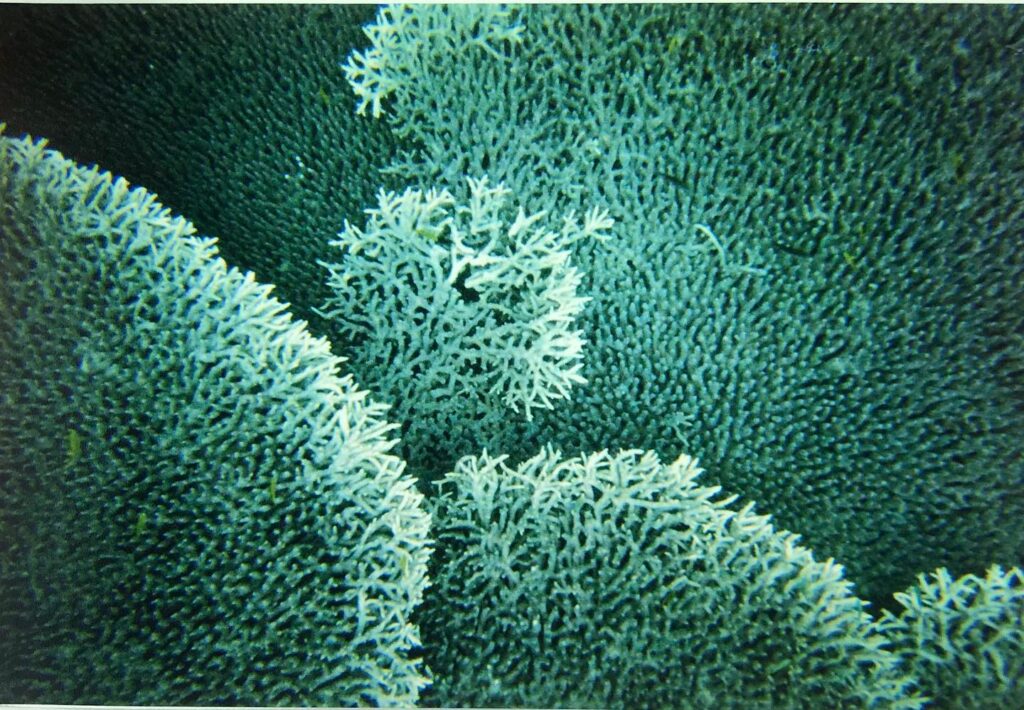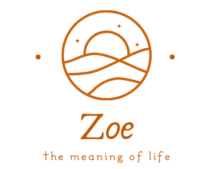Hello Hello and Happy Global Coral Reef Week! Let’s Talk:
Coral reefs. Also dubbed “the rainforests of the sea”. Although they occupy only 0.1% of the area of the ocean, they support over 25% of marine life, making them one of earth’s most diverse ecosystems(1). Worldwide, corals support more than 500 million people who rely on reef systems for food, income, and protection(1). In fact, a healthy coral reef system can absorb 97% of an incoming waves energy, significantly decreasing shoreline impact(1).
We, along with a myriad of marine species, heavily rely on coral reefs. Moreso than many of us realize or acknowledge. However, corals are declining at such an alarming rate that children born today may be the last generation to see corals alive and well in a natural environment(2). Earth has already lost 50% of its corals within the last 30 years, and mortality is expected to reach 90% by 2050 if we do not make serious changes(2).
I’ve been fortunate enough to see corals in person and conduct research on this unique ecosystem. In fact, I never truly understood the seriousness of the situation until I had dove around live corals. . .and dead ones. While in Mexico on a research cruise, I was freediving along a reef system off the coast of Cancún to collect water samples for nutrient analysis. Our previous few days of diving had been farther away from any major population hubs, so most of the corals had been healthy and thriving. But when I took my first dive off the boat that day, I saw what can best be described as a graveyard. Rotting flesh and white bone.
Corals are animals, you see. Well, actually, several animals. Corals are colonial organisms, which means they are composed of hundreds of individual animals called polyps(3). And these polyps house photosynthetic algae, called zooxanthellae, in their tissues(3). This is a mutualistic relationship, meaning both parties benefit. The corals provide the zooxanthellae with a safe environment and help them photosynthesize(3). In return, the algae supply the corals with the compounds from photosynthesis that the coral needs to survive(3). When humans get sick and develop a fever, our bodies do their best to expel whatever it is that may be making us sick. The same can be said for corals: when they experience stress, such as from increased ocean temperatures or acidification, they expel whatever could possibly be making them sick. Unfortunately, this expulsion includes the zooxanthellae, which the corals rely on for food. Without their algal partners, the corals eventually starve to death and lose their color, resulting in what we know as coral bleaching(3).
With so much of our global population living inland and away from the ocean, it may be difficult to understand why this is a concern for those who may not feel they are “directly” affected. However, so much of science and the natural environment is interconnected; if one organism suffers, there is likely to be a chain reaction. And corals are dealing with some harsh odds right now. Atmospheric and oceanic carbon dioxide levels are increasingly on the rise and ocean temperatures are constantly warming, which are two of the leading causes of bleaching(1). Unsustainable fishing practices can result in removal of herbivorous fish, which results in an increase in coral-smothering macroalgae(4). Nutrient loading, sedimentation, and contamination in water bodies also act as continuous threats(1). Coral resiliency can only go so far if we don’t do our part to educate ourselves and advocate for change.
But, there is hope! If we do our part to minimize stressors on coral reefs, corals CAN recover(1). It takes time, effort, and resilience for them to do so, but it is possible. Arguably, the biggest threat to coral reef ecosystems is ignorance. And the best tool against ignorance and towards action is education! So today, I challenge you! I ask you to educate yourself and think about what you can do to reduce your impact on the environment. And then tell yo friends. And the tell yo friend’s friends. And then shout it from the rooftops. As Robert Swan stated, “The greatest threat to our planet is the belief that someone else will save it.” But together, we CAN make a difference 🙂
I hope this blog post has provided a good overview of why corals are in crisis. Here are a few resources to continue your education:
(1) https://coast.noaa.gov/states/fast-facts/coral-reefs.html
(2) https://www.theworldcounts.com/challenges/planet-earth/oceans/coral-reef-destruction/story
(3) https://www.noaa.gov/education/resource-collections/marine-life/coral-reef-ecosystems
(4) https://oceanservice.noaa.gov/facts/coral-overfishing.html
(Bonus) https://coralreefweek.wixsite.com/coralreefweek


